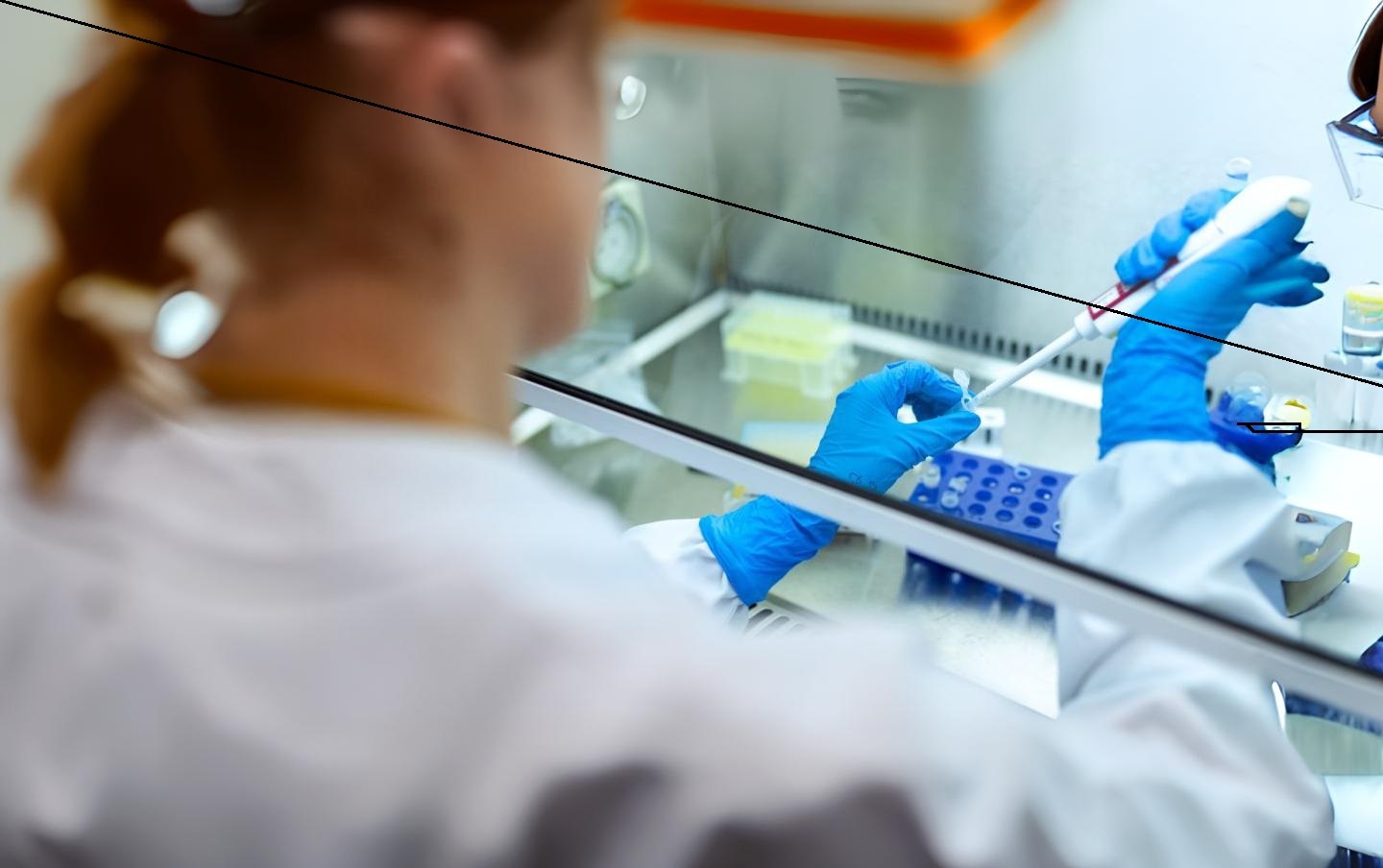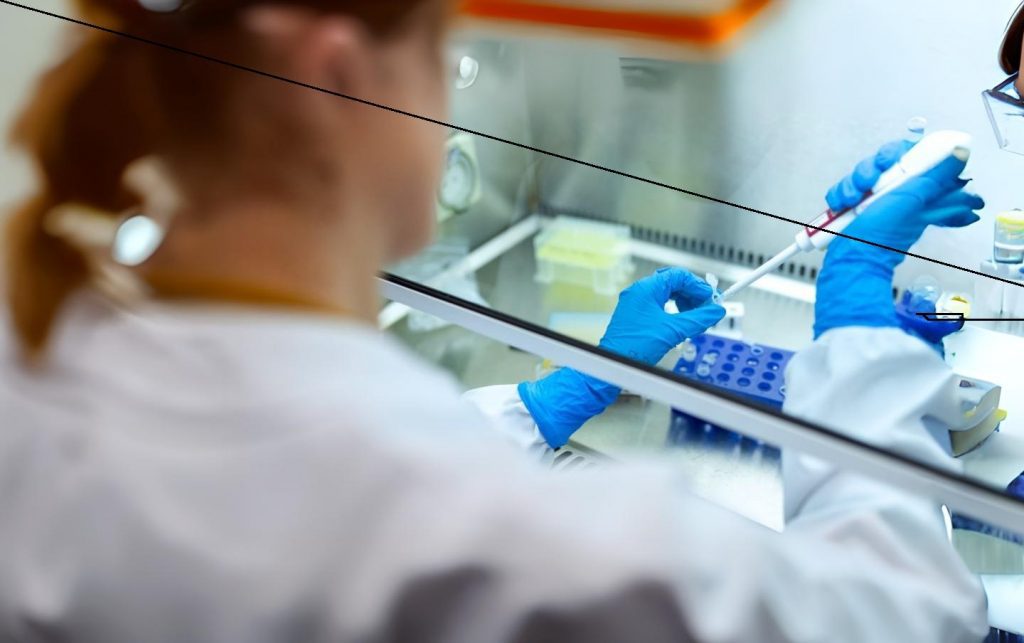Preclinical Pharmacokinetics: Solving the Problems of Early-Stage Predictive Assays
 4 years ago
By Charlotte Di Salvo
4 years ago
By Charlotte Di Salvo

Understanding the pharmacokinetic profile (PK) of a compound is critical in selecting appropriate drug candidates in preclinical studies. The challenge is to predict the PKs of compounds in humans using early-stage predictive assays in these studies. Innovations in the last few years have begun to overcome the problems with preclinical studies that compromise the speed and efficacy of the drug development process.
For daily articles on the latest pharma trends and innovations, as well as interviews with leading experts and in-depth industry White Papers, subscribe to PharmaFeatures.com.
What are pharmacokinetic assays?
PK assays are techniques used to assess the pharmacological properties of a biological or chemical compound. The primary properties are absorption, distribution, metabolism and excretion (ADME). PK assays allow detailed investigations of ADME properties relative to the pharmacological effects of a compound.
Early-stage predictive assays allow researchers to create an ADME profile of a compound as preclinical data. The PK behaviour of a drug in humans is predicted from this data before it is used as a novel candidate drug. These preclinical investigations of ADME properties are a key part of the drug discovery process and help to address questions before selection for clinical trials: “1) Does the compound reach the target organ(s) at the concentration that is necessary for the desired target coverage? (2) Does the compound bind to the target(s) in vivo with the coverage required for biological activity? (3) Does the compound exert the functional modulation of the target?”. The ADME properties of a drug candidate creates a benchmark against which other compounds tested during lead optimisation can be assessed.
In order to achieve the predicted therapeutic effect, the drug must be able to access the appropriate target and deliver the correct concentration. In addition to efficacy, the drug must also demonstrate little to no toxicity – therapeutic efficacy and toxicity are considered major factors for why drugs fail preclinical studies. PKs and pharmacodynamics (PD) play a key role in determining these factors. As a result, the integration of data from in vitro and in vivo assays is critical when choosing a drug candidates as it provides more data about the relationship between the PKs, PDs and safety of the compound.
Current challenges with predictive in-vitro PK assays
In vitro assays are a rapid, low-cost method of quantifying the ADME profile of compounds prior to dosing in animals. The microstability assay is an example of an in-vitro PK assay used to quantify the metabolic stability of a compound. This type of assay is frequently used to rank chemical compounds against each other and compare how long they remain intact while circulating in plasma. This is also known as bioavailability,” the extent a substance or drug becomes completely available to its intended biological destination”.
Achieving low clearance, i.e. high bioavailability, is the target for drug discovery in order to reduce the dose and exposure of the drug in the body. However low clearance presents a significant challenge in understanding the PKs of compounds. The metabolic stability of drugs is often underpredicted due to overprediction of clearance based on a standard human liver. This suggests that in vitro predictive assays are not necessarily representative of the real human physiology and instead slow down the pace of drug discovery.
Another problem which compromises the validity of early stage in-vitro assays is species-dependent differences. Animal models have been key in the development of a multitude of human drugs, however there are several challenges involved in ADME studies. The target-binding properties and host immune response are typically species-dependent. This questions whether the PKs of a drug candidate will induce the same therapeutic response in humans relative to the preclinical predictive assay.
Solving the dilemma
According to a 2020 review, optimising strategies for early-stage predictive assays “… are focused on achieving target potency, selectivity, and an acceptable predicted human PK profile to maximise the probability of successful drug discovery”. The review proposed an interesting solution for overcoming compounds with suboptimal properties resulting in poor bioavailability. It was proposed that dynamic simulations like GI Sim, or commercial software, e.g. Gastroplus, are useful tools to generate hypotheses and facilitate decision-making.
Another publication, a 2021 study, also investigated the prediction of oral pharmacokinetics relative to different assays but in a rodent model. Three methods were used in total: in-vitro-in-vivo exploration, in silico modelling using machine learning, and the combination of in vitro data and the in silico model. The aforementioned study demonstrated that “… the combination of in silico and in vitro parameters is useful to improve the predictivity of the machine learning model for rat AUCp,oral (plasma concentration−time curve after oral administration)”
Furthermore, in the 2021 study, the team declared that their data supports consideration for predicting oral PKs for humans and possibly other non-clinical species. This represents a significant step forward in addressing the challenge of predicting the bioavailability of drug candidates in humans. The integration of in silico and in vitro techniques shows significant developments in creating innovative and accurate PK assays.
Pharmacokinetic (PBPK) modelling is defined as a mathematical structure which depicts the major organs and tissues of the mammalian body. PBPK has developed substantially in the last decade and is an integral tool in drug discovery. A review of this model details the methodology as a “bottom-up approach that integrates a large number of drug specific data, parameters on species physiology (system data), and a good understanding of all active processes affecting the pharmacokinetic properties of a drug”.
The model has proven popular over existing assays for many reasons, especially so in the context of metabolic stability compounds. According to the review, should a compound be partially metabolised in preclinical studies, a PBPK model “can be applied to simulate the exposure in population including poor metabolizer to determine whether poor metabolisers need to be excluded in the first-in-human (FIH) trials.” In terms of predictive models, PBPK modelling proves to be a useful tool using preclinical data to predict the PKs of compounds in humans.
To discuss these topics further with sector experts, and to ensure you remain up-to-date on the latest in clinical development, sign up for Proventa International’s Medicinal Chemistry and Biology Strategy Meeting set for 25 May 2021.
Charlotte Di Salvo, Junior Medical Writer
Proventa International

Navigating the Complex World of Global Regulatory Affairs in Oncology
In today's fast-paced global pharmaceutical landscape, the regulatory affairs sector plays a pivotal role in ensuring the safety, efficacy, and market access of oncology drugs. As the demand for innovative cancer therapies continues to grow, understanding the intricacies of global...
2 years agoNavigating the Complex World of Global Regulatory Affairs in Oncology
In today's fast-paced global pharmaceutical landscape, the regulatory affairs sector plays a pivotal role in ensuring the safety, efficacy, and market access of oncology drugs. As the demand for innovative cancer therapies continues to grow, understanding the intricacies of global...
2 years ago
Overcoming the Hurdles: Navigating the Challenges in Oncology Clinical Trials
In the world of medical research, oncology clinical trials are at the forefront of innovation and discovery. These trials play a crucial role in advancing our understanding of cancer and developing more effective treatments. However, the path to successful oncology...
2 years agoOvercoming the Hurdles: Navigating the Challenges in Oncology Clinical Trials
In the world of medical research, oncology clinical trials are at the forefront of innovation and discovery. These trials play a crucial role in advancing our understanding of cancer and developing more effective treatments. However, the path to successful oncology...
2 years ago
Embracing a Patient-Centric Approach in Oncology Trials
In the realm of healthcare and medical research, the term "patient-centric" has gained significant traction in recent years. This shift in focus towards prioritizing patients' needs and preferences is not only transforming the healthcare industry but is also making waves...
2 years agoEmbracing a Patient-Centric Approach in Oncology Trials
In the realm of healthcare and medical research, the term "patient-centric" has gained significant traction in recent years. This shift in focus towards prioritizing patients' needs and preferences is not only transforming the healthcare industry but is also making waves...
2 years ago